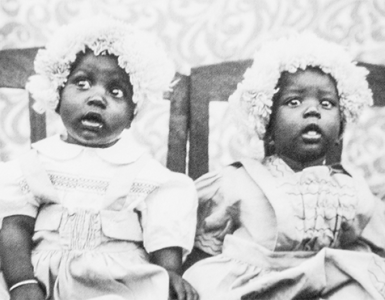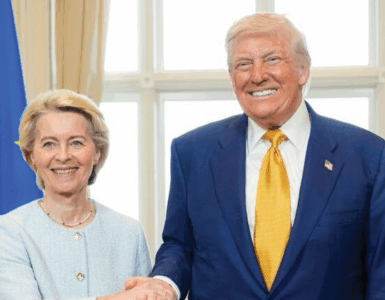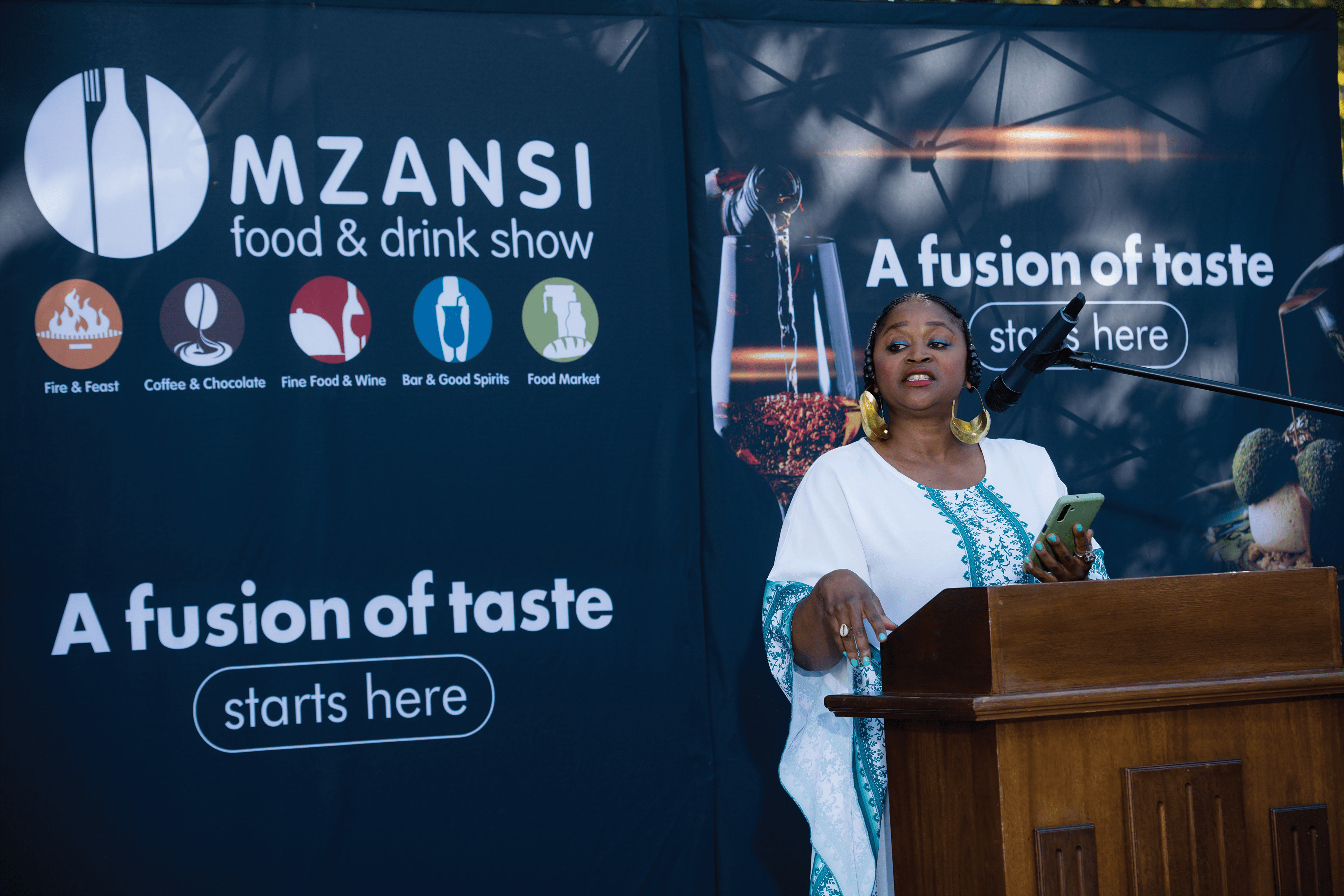AMBUSH: Ted Botha book recalls racial war of antagonism, Voortrekkers and Zulu warriors
By Jacob Mawela
Often creative madness helps, and the creation of the movie, Hollywood on the Veld could have been a product of creative craziness, of a mind that thinks big with a view of shaking the creative world for bigger returns.

And this would be a function of the American millionaire whose ambition was to create a spectacle – make a meal of what a movie ought to be – the biggest movie spectacle, as it should be, because good movies are what moviegoers ought to enjoy.
Perhaps all movies should be made in Johannesburg, given all elements of intrigue the city of gold possess, and Isidore Schlesinger – who goes by the pseudonym of IW – knows what it means to compete with big boys in the film industry, beating them in their own game.
In 1913, a secretive American millionaire, who lived on the top floor of the famous Carlton Hotel, had a crazy idea: to make movies in Johannesburg – and not any run-of-the mill movie – but the biggest in the world – a movie that is spectacularly laden with elaborate sets, thousands of extras, and epic story lines, even if every line was all gory and bloody – if entertains, and brings big money, all is fine and tolerable.
It was “IW”. He built a studio on a farm called Killarney, where he set out to challenge a place in America that was his home when his young life began: he thought. It was possible to have another Hollywood in Johannesburg. Hollywood. Film-making was in the offing.
The glamour, gossip and high drama of IW’s studio fit perfectly into a city experiencing an intoxicating golden age.
There was as much action on the movie sets as there was on screen: from political intrigue and the clashing of massive egos to public outbursts, fiery judicial inquiries, disaster and death.
Behind this mad enterprise was a maverick, a tycoon, a recluse, a friend of the famed and the connected. IW could have held his own in California but he chose as his base the city of gold – Johannesburg – and his indomitable ambition saw his “Hollywood on the Veld” – created in Johannesburg.
This is the never-been-told-before story of the rise and fall of the strangest and most unique movie empire ever.
On the Sunday of October 15, 1916, a too astonishing to be real scene unfolded below a ridge in the Elsburg valley located on Johannesburg’s East Rand, involving separate contingents of thousands of African men dressed in moochis made of animal skins, and armed with assegais and ox-hide shields.
As the impi approached, several white men started firing their rifles at them and colleagues on horseback stormed past them whilst shooting at the warriors – felling some of them to leave their bodies scorched and bloodied.
Angered by the whites’ actions, the Africans retaliated by rushing towards the wagons. They pulled horsemen from their saddles. And there in the midst of a melee, an instruction in Dutch was hollered: “Shoot the devils!” As mayhem reigned, some of the warriors penetrated the laager, only to find themselves blocked by a ten feet deep dam.
And when a separate impis charged down from a koppie towards the laager with the intention “to kill every man in the laager”, a group of policemen managed to intercept their incursion. The carnage left one man dead, 135 others injured – most of them African – with some ending up hospitalised.
Except the dead man, none of the thousands of people involved in the ‘carnage’ were meant to get injured or lose their lives since the incident deviated from a movie script.
In the aftermath of what had occurred, inspector Trew was informed that there had been a plot to sabotage the day’s filming, involving the whites – who were extras playing a role of Voortrekkers – deliberately provoking the Africans to cause trouble.
Evidence gathered indicated that there was an infiltration of unauthorised persons who obtained rifles – one of which, along with some of the blank ammunition – would be subjected to an inquest presumably owing to suspicion of its having been tinkered with.
The “scene gone awry” had been a re-enactment of the historic Blood River that pitted the Voortrekkers and the Zulu amabutho – and “fortuitous bad blood” reflection of the antagonism that prevailed at the Blood River in 1838 expressed by the actors.
The dam in front of which the warriors had found themselves entrapped had been filled with two million gallons of water bought from the Rand Water Board and filled a stream which represented the river along whose bank the historical battle was to be filmed.
Additionally, dozens of old ox-wagons had been recreated, old-time muzzle-loaders scoured, and thousands of assegais and knobkieries made, as well as outfits for some 6 000 people – white extras who’d play the role of the Voortrekkers. There too there were migrant labourers recruited from one of the East Rand Proprietary Mines’ mines. They would play the Zulu warriors’ role.
Production company’s American tycoon proprietor William Schlesinger, or IW, was hellbent to retell in a movie the most sacred event in Afrikaner history – an epic about the Great Trek and Blood River – his first movie spectacle – and the creation of a replica of a Zulu village – a kraal of almost six dozen structures composed of 70 beehive huts – constructed
An actor, Archibald Zonzo Goba, who was cast in the first South African drama released by African Films, titled A Zulu’s Devotion, would become the most important African actor at the IW’s studio.
In that era, they would produce some of the historic feature films. They included King Solomon’s Mines and The Blue Lagoon.
The thought to produce movies in Johannesburg germinated in his head – and he grabbed it in 1913, resulting in the shooting of De Voortrekkers in 1916 – to rival any film made in Hollywood, which in those days was a small farmland in the US.
He was seized by hard work, and the imagination, and the construction of a studio, converting it into what would be known as Hollywood on the Veld.
Thank author, Ted Botha, well-schooled in the world of journalism, for putting it together. He is the author of Daisy de Melker.
Now brace yourself to read the book, Hollywood on the Veld, to understand the intrigue. Promises to be a great read.
• A trade paperback, Hollywood On the Veld is published by Jonathan Ball Publishers. Available at leading bookstores countrywide. It retails for R320.


































